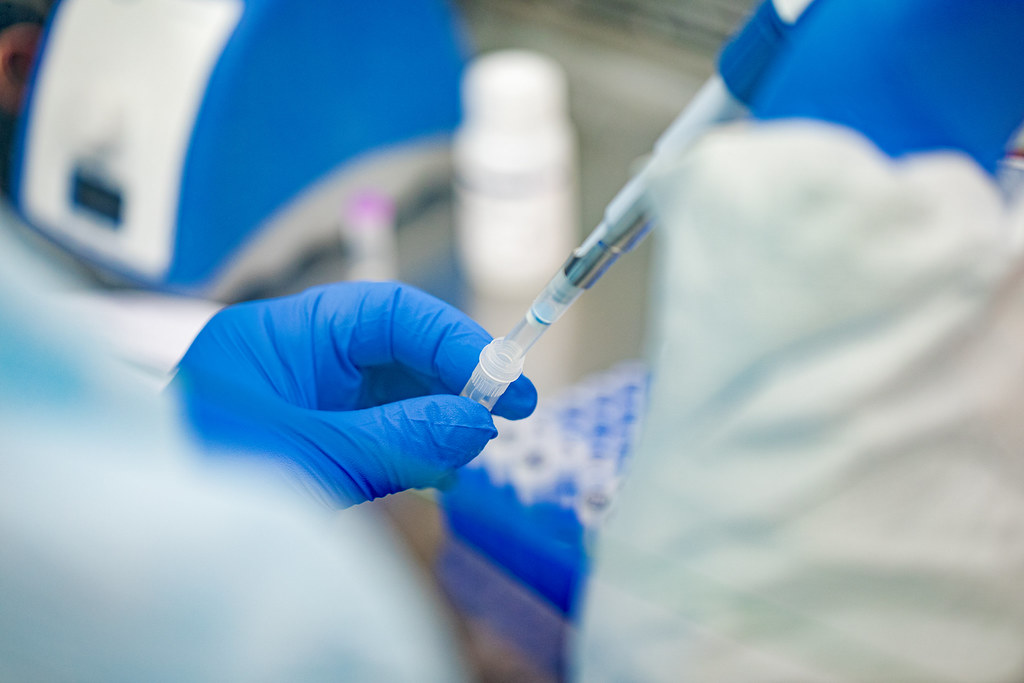Roughly 20%, or one in every five, patients who test positive for COVID-19 are also infected with other respiratory viruses, according to an analysis led by Ian Brown, MD, a clinical associate professor of emergency medicine at the Stanford School of Medicine.

Image credits Governor Tom Wolf / Flickr.
According to the authors, the findings challenge the assumption that patients with another type of viral respiratory disease can’t be infected with COVID-19.
Co-threats
“Currently, if a patient tests positive for a different respiratory virus, we believe that they don’t have COVID-19,” said Nigam Shah, MBBS, Ph.D., associate professor of medicine and of biomedical data science at the medical school. “However, given the co-infection rates we’ve observed in this sample, that is an incorrect assumption.”
Since hospitals have a limited capacity to test for SARS-CoV-2, doctors tend to test patients coming in with respiratory symptoms for other viruses. If the patient tests positive for influenza, rhinovirus (common cold), or another respiratory virus, they may be sent home without being tested for COVID-19, and it is assumed that the alternative diagnosis is the source of the symptoms, Brown explains.
Given how important accurate and rapid tests are for containing the virus and saving lives, we need to know how likely co-infection is for SARS-CoV-2 and other viruses that produce respiratory symptoms. In order to find out, Brown and his colleagues analyzed 562 people who were recently tested for COVID-19 at Stanford Health Care’s Marc and Laura Andreessen Emergency Department. Forty-nine of these patients initially tested positive for SARS-CoV-2, and 517 were also tested for the presence of other common respiratory viruses, such as influenza A and B, respiratory syncytial virus, rhinovirus, adenovirus and several types of pneumonia, with 127 testing positive.
The team reports that 11 patients who were tested for both SARS-CoV-2 and other respiratory viruses were found to be co-infected with both kinds of viruses. This would mean that 22% of all the COVID-19 patients tested and 8.7% of people with other respiratory virus infections were co-infected.
While the findings are based on a relatively small sample, they do point to the need for a more thorough screening of potential COVID-19 patients. However, the reality on the ground is that many hospitals are struggling to supply the necessary equipment to test everyone who comes in. The USA is still lacking adequate testing data for the virus.
The findings were published on the platform Medium.









